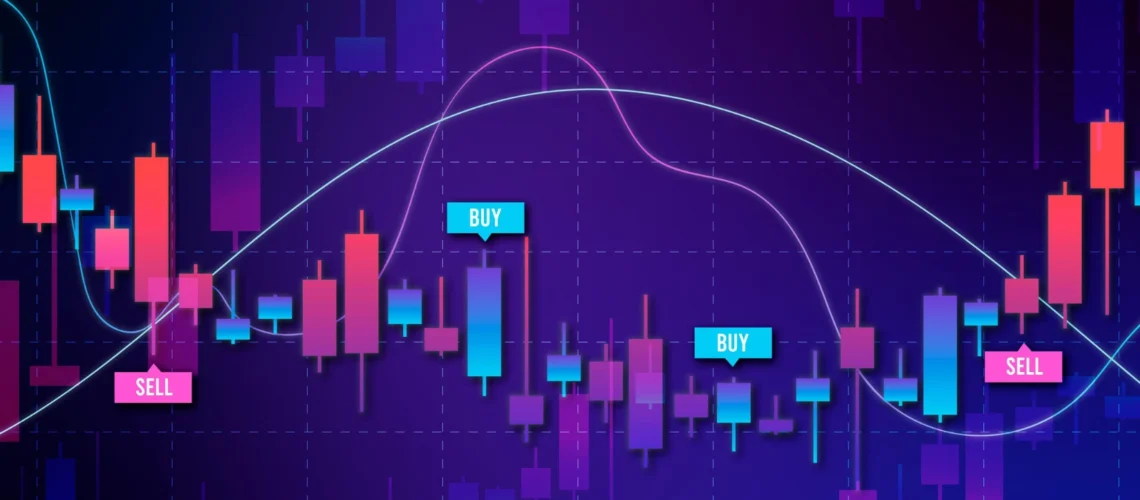Market Trend Analysis Isn’t Just for Experts — And Other Myths You Need to Ditch
April 9, 2025

Market trend analysis is often misunderstood — and that misunderstanding keeps a lot of people from using it effectively. You might think it’s only relevant to giant corporations or data scientists buried in spreadsheets. Not true. In fact, market trend analysis is a surprisingly accessible skill — once you strip away the myths.
Let’s bust a few of them.
Myth #1: Market Trend Analysis Is Only for Experts in Suits
It might look like a job for high-powered consultants or analysts, but trend analysis is about paying attention — not dressing the part. Whether you’re running a small business, launching a side hustle, or just trying to make smarter investments, you can absolutely do this.
You don’t need an MBA. You need a method.


Myth #2: You Need to Be a Data Wizard
Yes, data plays a role — but you don’t have to drown in charts. Tools like Google Trends, Reddit threads, Statista, or even what’s trending on TikTok can tell you a lot.
The real trick? Know what not to pay attention to. Random spikes or viral blips don’t mean much. Look for consistent movement over time — that’s where the signal lives.
Example: If “sustainable packaging” is seeing a slow but steady rise in searches over months, that’s something worth noting. One-day hashtags? Probably not.
Myth #3: Only Big Players Set the Trends
Actually, smaller companies often spot shifts first. They’re more agile, closer to the ground, and less risk-averse when it comes to experimenting with new directions.
Don’t just watch the giants. Watch the underdogs. If several niche brands suddenly start changing their messaging, design, or product categories, you might be seeing a trend form before it hits the mainstream.


Myth #4: Customers Don’t Know What They Want in Market Trend Analysis
This one persists — and it’s misleading. No, customers won’t always tell you directly, but they do reveal patterns through what they ask for, what they stop buying, and what they review.
Surveys, support tickets, online reviews — these aren’t just feedback. They’re trend indicators.
Ignore them, and you’re flying blind.
Myth #5: All Trends Are Worth Following
Not all trends are created equal. Some are noise. Others are signals. Your job is to tell the difference.
- Short-term trends burn fast and bright — fidget spinners, viral memes, seasonal products.
- Long-term trends reshape behavior over time — remote work, digital payments, sustainability.
Spotting the difference is what separates reactive businesses from strategic ones.


Myth #6: Once You Spot a Trend, You’re Set
Wrong again. Trends shift. Fast. What’s hot today could be irrelevant tomorrow. What looks silly now might explode next quarter.
The best analysts aren’t just good at identifying trends — they’re good at adapting to how those trends evolve. That means checking your assumptions regularly and staying open to change.
Think of trend analysis less like writing in stone and more like updating a map. The terrain changes. You should, too.
Myth #7: Market Trend Analysis Is About Prediction
Here’s the truth: it’s not about crystal balls. It’s about preparation. Trend analysis doesn’t promise certainty — it gives you better odds.
You’ll still get things wrong. But with the right mindset and a few smart tools, you’ll spot opportunities earlier, avoid costly missteps, and move with more clarity than those stuck guessing.
Final Word: Bust the Myths — and Use the Insight
Trend analysis isn’t a luxury or a gimmick. It’s a practical, powerful way to navigate complexity. And the sooner you stop treating it like an expert-only task, the sooner you’ll start using it to your advantage.
Forget the buzzwords. Forget the hype. Market trend analysis, when done right, helps you see what’s coming — and act on it with purpose.
That’s not a corporate strategy. That’s just smart thinking.
Relevant Link : Why Market Trend Analysis Matters More Than You Think

